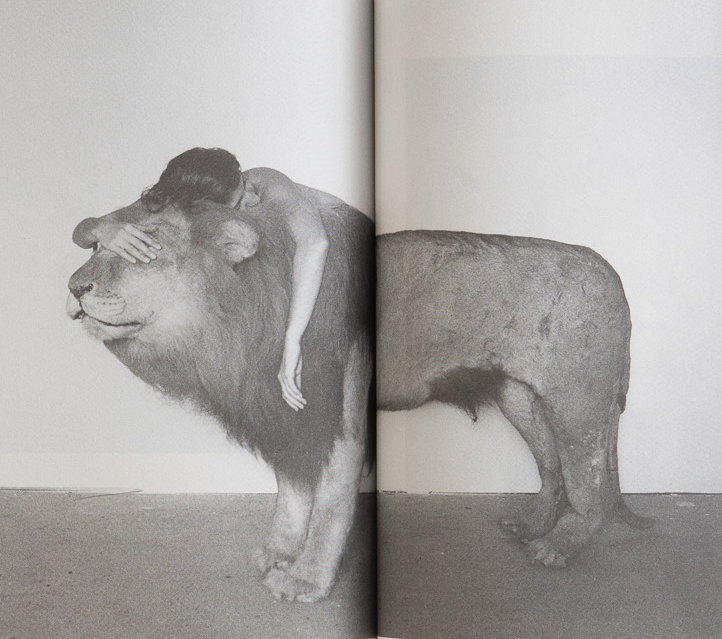Florence Syndrome
Keren Gueller
2016
Geller mainly creates works in video, sculpture and installation that explore human behavior and environment. The works, which deal with autobiographical content, simple daily rituals and actions, use the tension between the documentary and the staged to investigate, dismantle and reassemble social structures and rituals. The artist’s book Florence Syndrome presents a comprehensive visual study by the artist focusing on animals in different environments, their body gestures and behavior, alongside texts describing mental disorders and their symptoms, creating a kind of visual-animal catalogue defining abnormality.
Florence Syndrome consists of 45 separate postcards and a booklet with text, summarizing a multi-channel video installation of the same name. The various videos document animals, each of which is attributed a different mental disorder. Materials collected over many years were edited into short segments, each focusing on a different animal, in a manipulative way that emphasizes and isolates a particular behavior. Next to each of the images there is a short text describing the mental disorder and its symptoms.
Geller’s rhetorical devices engender an active reader who marks, catalogs, sympathizes, is intrigued, frightened and empathizes. In the show of signs, the human intermingles with the bestial and the visual with the textual, and mechanisms of characterization, demonstration, control and supervision are repeatedly created, as well as structures that produce emotional effects (or symptoms) of humor, distress and suffering.
At the heart of the book are the connections between word and image, definition and behavior, phenomenon and category. Geller’s actions raise questions about the way humanity categorizes different behaviors as abnormal, and how the norm is created through the rejected and excluded from it.
- Pages: 63
- Type of binding: case, postcards, softcover
- Dimensions (cm): 15X21.5X2.5
- Printing: A.R. Printing LTD, Nahlieli Printing Production
- Place of publication: Tel Aviv-Jaffa, Israel
- Supported by: RawArt Gallery, Hamidrasha, Israel Lottery Council For Culture & Arts, The New Fund for Cinema and Television













